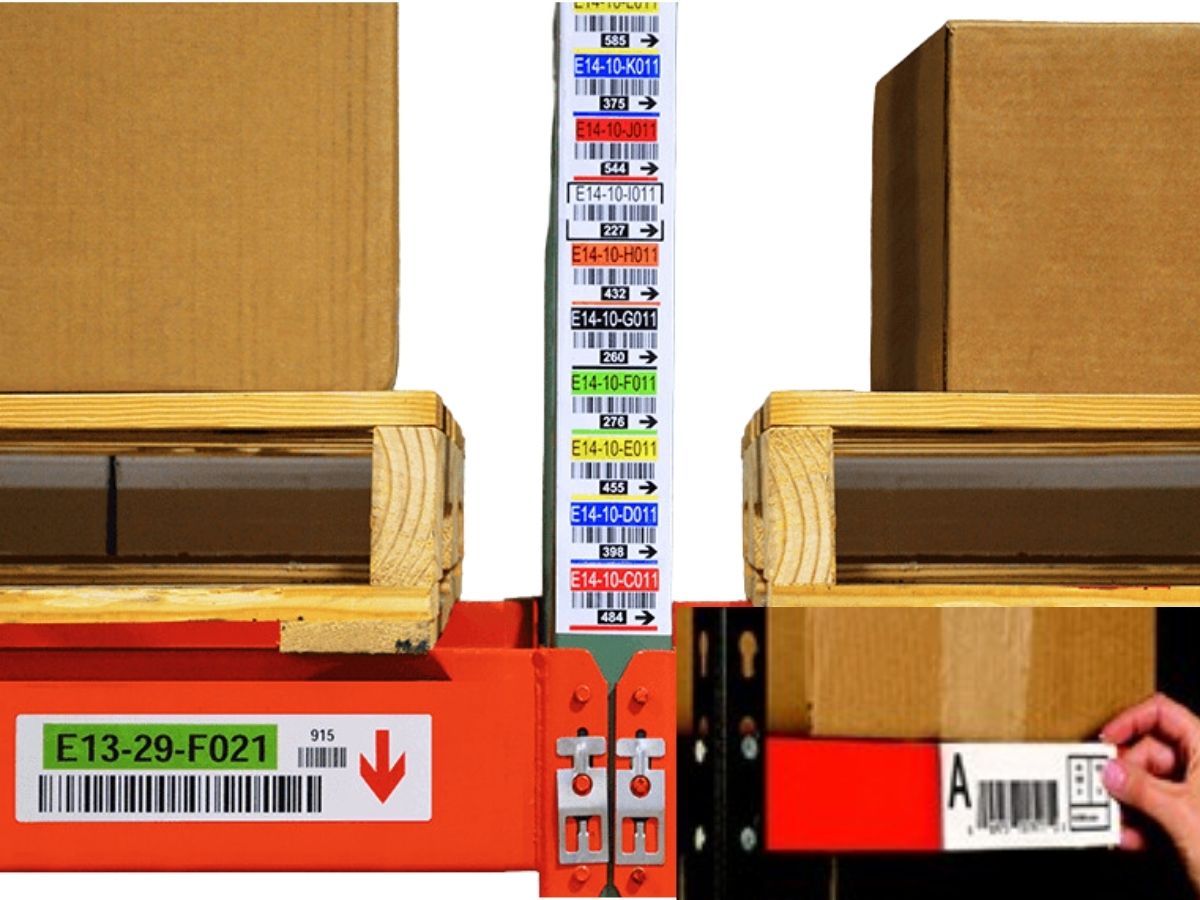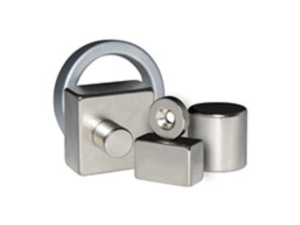

Warehouses are the lifeblood of any supply chain operation. They are where the intricate choreography of goods storage and movement takes place, ensuring that products reach their intended destinations promptly and efficiently. Amid the hustle and bustle of these industrial hubs, one factor stands out as a beacon of organization and order – the proper labeling of racking systems.
This blog will explore the best practices for labeling warehouse racking, including an in-depth look at warehouse rack labels, magnetic options, and the ideal racking labeling system.
To appreciate the significance of proper labeling in a warehouse, let’s briefly envision a warehouse without them. Chaos reigns as goods become disorganized, inefficiency takes hold, and errors multiply. Labels on your racking systems play a crucial role in maintaining order within the warehouse and ensuring its smooth operation:
Now, let’s delve into the best practices for labeling warehouse racking, aiming to maximize all these benefits:
Consistency is key in warehouse organization. Ensure that all labels within your facility follow the same format, including fonts, text size, and color scheme. Consistency simplifies the retrieval process, minimizes confusion among employees, and makes training new staff much more straightforward.
Labels should be prominently placed on the racking, ensuring visibility from a distance. This not only helps employees locate items faster but also aids in inventory checks. Correct placement reduces the likelihood of items being stored in the wrong location, which can lead to inaccuracies and wasted time.
Consider employing magnetic labels for your racking system. Magnetic labels offer several advantages that can significantly improve your warehouse organization:
To maximize the efficiency of your warehouse operations, it’s advisable to implement a comprehensive labeling system that goes beyond simple labeling. Here are some elements to consider:
Warehouse organization is an ongoing process. Labels should be reviewed periodically to ensure they remain accurate. When products or storage locations change, labels should be updated accordingly to prevent confusion and errors. This is where the flexibility of magnetic labels truly shines, as they can be easily repositioned or replaced as needed.
In conclusion, effective warehouse racking labeling is pivotal for smooth operations and ensuring that your supply chain functions efficiently. By following these best practices and considering the use of magnetic warehouse rack labels, your warehouse will not only maintain order and safety but also elevate its productivity and customer satisfaction. So, take the necessary steps today to ensure your warehouse is labeled for success.
With these guidelines in place, your warehouse is on its way to becoming a well-organized and efficient hub for all your logistics needs. Happy warehousing!
By ensuring that your warehouse’s labeling system adheres to these best practices, you are setting the stage for a well-organized, efficient, and highly productive warehouse that not only meets customer demands but also optimizes your business’s supply chain processes.

Magnetic sheeting is a flexible material that can be magnetized on one side and often has an adhesive or printable surface on the other. It

Magnets come in various shapes and sizes, each designed for specific uses. Understanding the different shapes of magnets, their properties, and their applications can help

Magnets are a fascinating part of our everyday lives, from the magnets on our fridge doors to the powerful magnets used in advanced technology. There
Our magnet experts will help you get exactly what you need – custom or stock – in record time with great quality at a very competitive price.
Ⓒ 2024 - All Rights Are Reserved